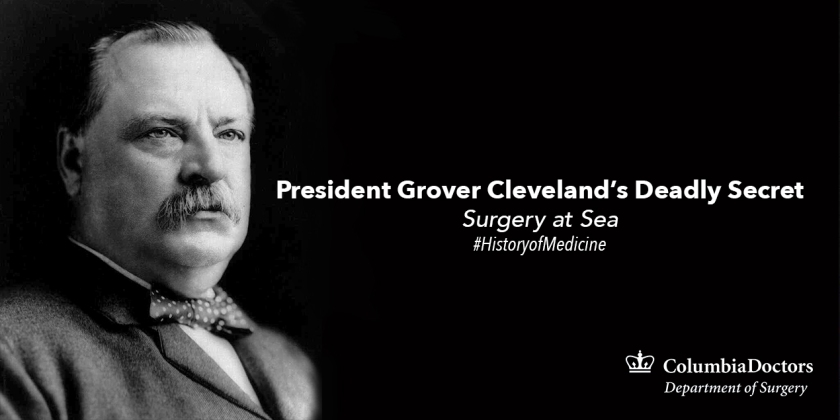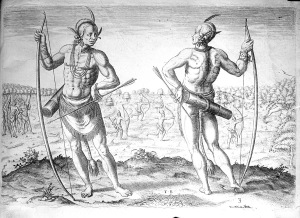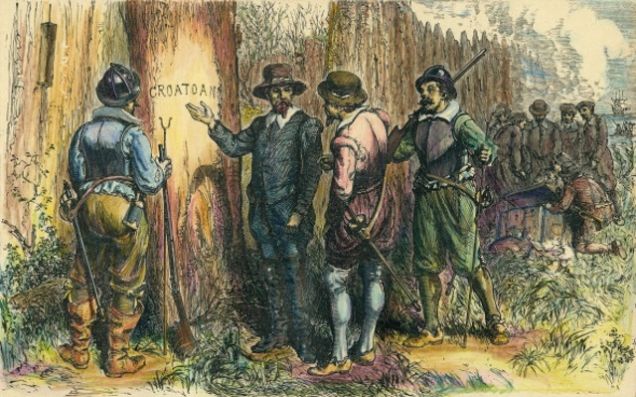
In the summer of 1921, a 39-year old Franklin Delano Roosevelt was enjoying some family vacation time at Campobello Island, off the coast of Maine. On August 10 he complained of fever and chills, and took to bed. The condition persisted for weeks. Four Physicians attended the future president of the United States, the diagnosis, poliomyelitis.
Roosevelt would spend the rest of his life in a wheelchair, able to stand only for brief and painful moments with the help of leg braces. During four elected terms the press went to great lengths to deemphasize if not hide altogether, the president’s disability.
On October 2, 1919, a near fatal stroke left President Woodrow Wilson incapacitated, unable to speak or move. First Lady Edith Wilson jealously guarded her husband’s condition from the press and the president’s opponents, blocking access and screening presidential paperwork. Sometimes she even signed her husband’s name, without his knowledge or consent. Edith denied usurping the presidency to herself but claimed instead to be acting only as “Steward”.
If you were around in 1978 you may remember the cringeworthy media coverage of Jimmy Carter’s hemorrhoids, raising the question of what’s in the legitimate public interest and what if any right does a president have to any sense of personal dignity, let alone privacy.
Fun fact: The only former executioner ever elected President of the United States, Stephen Grover Cleveland is best remembered for being the only President to ever serve two non-consecutive terms. The 22nd and 24th President of the United States was also, something of a medical miracle.
President Cleveland was inaugurated for the second time in the midst of the Panic of 1893, the worst economic downturn in American history, until the great depression. The nation suffered vast unemployment with hundreds of businesses closing down. The railroad industry was devastated. With a nation struggling, many looked to the new President to provide hope and a new direction.
Early in his second term, the President noticed a bumpy and rapidly growing patch on the roof of his mouth. White House physician Dr. Robert Maitland O’Reilly took one look and pronounced: “It’s a bad looking tenant, and I would have it evicted immediately”.
The health of the famously rotund, cigar chomping President was already a matter of public concern. Cleveland feared a cancer diagnosis would set off a panic. The tumor would have to be removed and the whole procedure, kept secret.

The only answer to the prying eyes of the press was to do it on the move, so there could be no scar. President Cleveland announced a four-day vacation aboard the private yacht Oneida, a cruise through Long Island Sound to Buzzard’s Bay and on to the President’s summer home called Gray Gables, on Cape Cod.
What followed is enough to amaze an oral surgeon and make the rest of us squirm. On July 1, 1893, the President was strapped to a chair and anesthetized with ether. The tumor extended through the president’s hard palate and upper jaw and nearly to his left eye. A surgical team of six removed nearly the entire left side of the upper jaw along with the tumor, and five teeth. The operation had taken ninety minutes and there was no external incision. It was all done through the President’s mouth. The trademark mustache remained undisturbed. Later on the president was fitted with a rubber prosthesis restoring Cleveland’s speech, and facial disfigurement.
The procedure was carried out in strict secrecy but didn’t remain that way, for long. On August 29, 1893, reporter Elisha Jay Edwards of the Philadelphia Press broke the story of a presidential surgery too bizarre to be true. White house staff denied the story, and launched a coordinated smear campaign against the journalist. Even the steward on board the Oneida stuck the story, declaring the president never missed a meal on that summer cruise. Other newspapers piled on denouncing Edwards as a “liar” and a “disgrace to journalism”.

A medical miracle for its time, what really transpired onboard the Oneida remained secret until 1917, nine years after Cleveland’s death.
One of the foremost newspapermen of the age Elisha Edwards was ruined and struggled even to find work, for the next fifteen years. The man wouldn’t see his reputation restored for 24 years.
To this day there remains no clear standard as to what’s in the public interest to know, and where lies the individual’s right, president or not, to a modicum of privacy.











































 White found himself trapped in England by the invasion of the Spanish Armada, and the Anglo-Spanish war. It would be three years before he could return to Roanoke. He arrived on August 18, 1590, three years to the day from the birth of his granddaughter. White found the place deserted, save for the word “CROATOAN”, carved into a fence post. The letters “CRO” appeared on a nearby tree.
White found himself trapped in England by the invasion of the Spanish Armada, and the Anglo-Spanish war. It would be three years before he could return to Roanoke. He arrived on August 18, 1590, three years to the day from the birth of his granddaughter. White found the place deserted, save for the word “CROATOAN”, carved into a fence post. The letters “CRO” appeared on a nearby tree.



















 In the mid-19th century, birthing centers were set up all over Europe, for the care of poor and underprivileged mothers and their illegitimate infants. Care was provided free of charge, in exchange for which young mothers agreed to become training subjects for doctors and midwives.
In the mid-19th century, birthing centers were set up all over Europe, for the care of poor and underprivileged mothers and their illegitimate infants. Care was provided free of charge, in exchange for which young mothers agreed to become training subjects for doctors and midwives.




You must be logged in to post a comment.